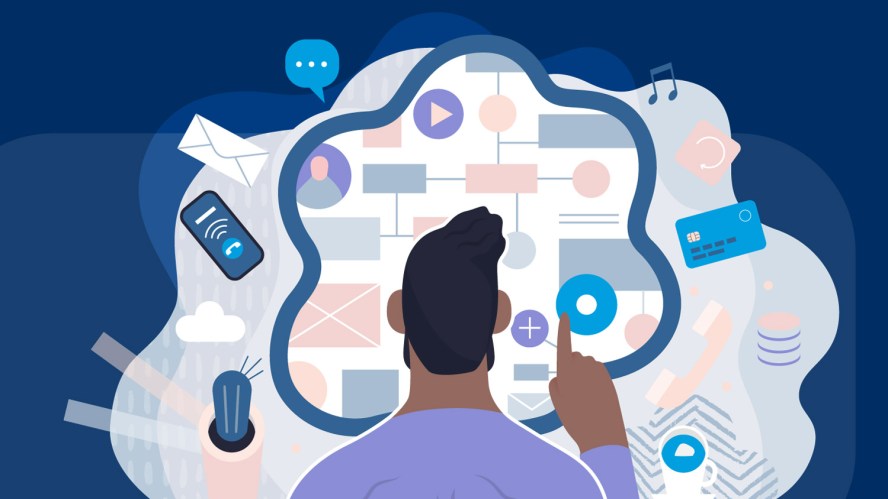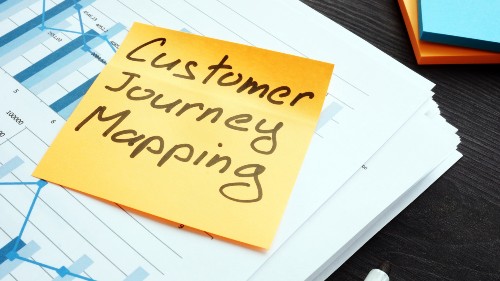Headless Commerce 101: Meet Consumers Where They Are



Your online store without the front-end – the theme, the delivery layer that you’ve worked so hard on – that’s what customers want now. They don’t know that though. They just know some retailers let them shop easily anywhere, and that they want to shop with retailers that meet them where they are – even as that ‘where’ changes.
Salesforce Staff
This expectation was already high pre-pandemic, when adidas VP of Digital Experience Design Jacqueline Smith-Dubendorfer told us: “This generation, they expect something now. They want instant gratification. They want to explore. They want to discover … We need to lead and be able to respond to those consumer expectations immediately.”
While just over half of Australians say they have never made ‘purchases over social media’, this drops to just 27% among Gen Z – and 20% of Gen Z said that in the second half of July they’d shopped via social more than they had before the pandemic. Across all generations, 19% of Australians say they are more interested in shopping via social media for the holidays.
Meeting changing consumer habits requires a flexible, agile solution so retailers can extend quickly to meet consumers where they want to shop – headless commerce.
What is headless commerce?
Pull your ecommerce application apart – separating the front end from the back end. That back end is now ‘headless’ and connects via APIs to the delivery layer. Changes to the delivery layer can be made quickly, without painful updates to both the back-end and front-end systems, and changes to the back-end can be made without slowing down the user experience.
For the team tasked with keeping pace with your consumers’ emerging touchpoints and the new experiences they’re demanding, headless makes that previously monumental project manageable – the architecture enables them to build whatever customers demand on the front, without interrupting operations on the back.
Who uses headless commerce platforms?
Building and managing the two systems requires an upfront and ongoing investment in development. It takes talented developers who can work with APIs, experience managers, app platforms such as Heroku and IT partners – the adopters of headless commerce are not usually small shop fronts just moving into digital commerce.
Headless commerce can be a game changer for companies in which speed-to-market and cash-flow are linked, and for those with rapidly changing customer needs and creative teams keen to meet them – but long development queues.
These companies see benefit in:
-
Less pressure on development teams: Little to no developer involvement in front-end updates, as well as ‘clicks not code’ or no-code commerce app development.
-
Speed to market: Can’t see around corners? At least you can respond to a trend as soon as you see it and quickly release experiences – a new campaign or promotion, a slightly tweaked checkout flow – to consumers
How it changes customer experience
Customers are seeking new ways of interacting with brands and retailers. Who could have guessed at the end of last year that 32% of Australians would say they’d require retail employees to wear PPE before they would return to normal in-store shopping behaviour? Who would have predicted 33% of Australians to be using contactless delivery (what-less delivery?) more than usual, or a sudden surge in demand for click-and-collect
As consumers’ needs change, headless commerce enables retailers and brands to meet their expectations – high levels of personalisation and empathy, with frictionless omnichannel journeys – at speed as well as to experiment with rich user experiences.
See if it’s right for you
Customers expect the experiences headless can help your team provide – and a flexible commerce platform ensures your developers can build with speed and full autonomy of tools, code APIs and third-party integrations while your creative team controls the front-end.
See if headless commerce is the right commerce solution for you with our two-minute assessment tool.
See how Salesforce B2C Commerce can help you create unified, intelligent digital commerce experiences — both online and in the store.



















